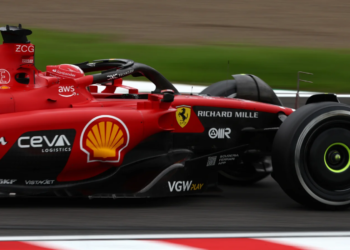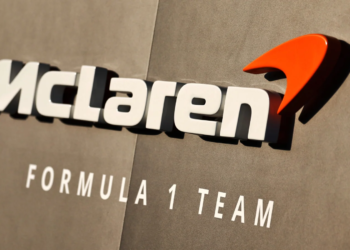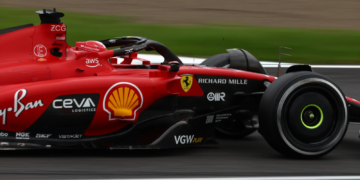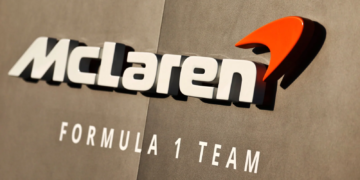Mercedes boss Toto Wolff has stated that Formula 1’s forthcoming 2026 cars, and their new V6 hybrids, could “scratch the 400 km/h limit”.
2026 sees a new dawn in F1 with a brand new set of regulations that will see some drastic changes in the cars.
There are a number of cornerstone aspects to these, such as the 50-50 split between internal combustion and electric power.
Additionally, tyres will become smaller, and the overall design will see a lessening in ground effect, which re-entered the sport in 2022.
With overall differences in the front and rear wings too, the cars will be a little smaller than the more recent cars, which are the biggest the sport has ever seen.
Mercedes’ Technical Director James Allison, speaking to Auto Motor und Sport, gave a more intricate explaination of some of the car’s differences.
“These are cars with a flat underbody and a step in the middle,” he said.
“You can’t seal them as tightly on the sides as you can with the current cars. That makes it harder to maintain the low-pressure zone under the car.
“The Venturi effect will be less pronounced. Nevertheless, the 2026 cars are not a carbon copy of what we saw in the era before 2022.
“They lie somewhere in between then and now.”

New F1 cars make you feel like ‘you’re sitting on a bomb’
It is a rather unique situation in that the new cars appear to be dividing opinion before they have even been driven, or even formally built.
Right now, the feedback from the drivers are purely stemming from simulator runs performed at their teams’ respective bases.
Charles Leclerc was the first to promulgate his own view, saying he was “not a fan” after an initial test, with Alex Albon believing that the cars will give the onus back onto the driver.
Lewis Hamilton provided a more diplomatic take on the issue, saying that “time will tell” if it is an improvement, but found the concept “fascinating”.
A question raised of the new rules is how drivers will be able to handle them, as they differ from the current cars they are used to.
Perhaps a contradiction to how the picture has been painted by some drivers already, Allison states that some aspects of driveability will be more simplistic.
“The handling will be more comfortable than with the current cars. There will be fewer balance shifts between slow and fast corners and between turning in and accelerating.
“It will be easier to keep understeer and oversteer where you want it.”
Something that will concern some, perhaps the fans most of all, is that laptimes will now rise, due to the new incarnation of the V6 hybrids.
With 575 brake horsepower coming from the internal combustion part of the powertrain, and 475 from the electric side, straight-line speed is expected to suffer, with the possibility of lifting due to the need to conserve energy.
But the electric power, being as high as it is, will provide generous amounts of torque, which left Aston Martin’s reserve driver Felipe Drugovich mightily impressed.
“Coming out of the corners, the car accelerates like crazy,” he said. “You feel like you’re sitting on a rocket.”
The Brazilian also offered insight into how the cars corner, as revving will be higher due to the new powertrains, but warned how the power will fade in straights due to the equal parts applied.
“It’s really fun in the corners because there’s always power available due to the high proportion of electric power,” Drugovich said.
“It takes some getting used to the fact that the power suddenly drops off in the second half of the straight.”
Despite the conservation concerns and the apparent decrease in laptimes, Wolff believes the speed could be great.
“When the full power is called up, we will scratch the 400 km/h limit,” he said.
The FIA have already made it clear that aspects of the new regulations will need ironing out before a wheel is turned in anger.
But the breadth of insights already they are already providing means the intrigue continues, which can only be a good thing with the first race of 2026 around half-a-year away.
READ MORE – Why the FIA isn’t worried about lap times with the 2026 F1 regulation overhaul










Discussion about this post